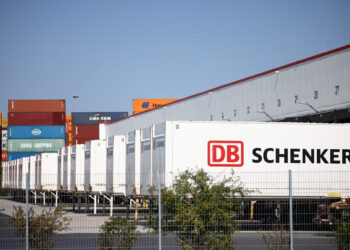Rethinking the passenger-to-freighter conversion concept
Main-deck cargo door? Who needs a main-deck cargo door? Cargo Facts was exposed to some out-of-the-box thinking last week when we met with industry veteran Cliff Duke. He described the patented idea for a low-cost freighter (LCF) conversion program being developed by the team at LCF Conversions and Seattle-based design and certification company ACE Corp.

LCF Conversions says the only limitation to this approach is that pallets/containers are restricted to a height of 64 inches. However, given the increasing importance of belly freight in widebody passenger aircraft such as the 777 and A330/340, this may be less of a problem than it once would have been — we note that today some 60% of air freight is transported in the bellies of passenger and freighter aircraft, and subjected to this limitation.
On the other hand, there are some potential advantages of the LCF approach over the conventional P-to-F process. Because it does not have a main-deck cargo door, the LCF avoids the need to make any changes to the external structure of the aircraft, nor will it need any changes to the main deck floor (other than those needed to accommodate the fore and aft lifts). Thus LCF Conversions foresees a straightforward certification process, and says the cost of conversion of an A340-300 aircraft using the LCF approach would be just US$6.5 million, including the cargo loading system.
Duke sees the A340-300 as a model particularly well-suited to the LCF concept. A340-300s are out of favor as passenger aircraft, providing ample feedstock at very attractive prices. The A340-300LCF would have about the same total cargo volume as a 767-300ERF, but the A340-300LCF would have significantly better payload range capability: 66.7 tonnes at 5,400 nm for the A340-300LCF versus 57.3 tonnes at 3,250 nm for the 767-300ERF. The LCF concept could be applied to other A340 models, as well as to various versions of the 777 when feedstock prices reach attractive levels. LCF Conversions is some 12 months from certification once a launch customer has been secured.
So is the LCF concept a game-changing idea? It is too early to say, but it certainly offers some intriguing food for thought. Those interested in exploring the LCF concept in depth should join us at Cargo Facts Asia, where LCF Conversions will have several delegates in attendance, and where the concept will undoubtedly be a topic of discussion.
Note: The above article is expanded from the current issue of Cargo Facts Update. We encourage those of you who do not already subscribe to the monthly printed Cargo Facts newsletter, and its companion the weekly emailed Cargo Facts Update to click here for more information.




